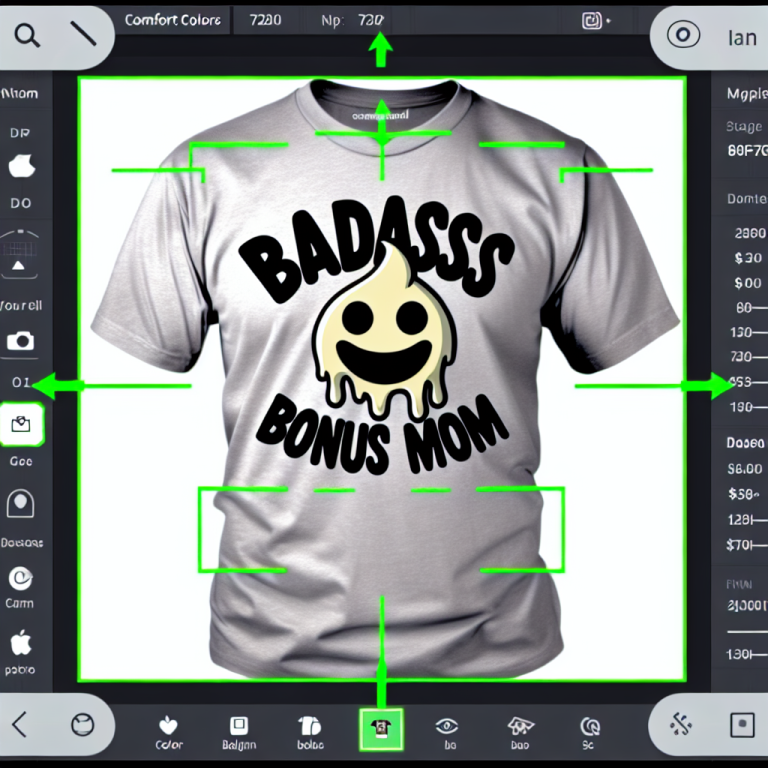Cubism: Breaking Perspectives
Cubism, pioneered by Pablo Picasso and Georges Braque, represents a bold step forward in modern art. This early 20th-century movement completely reimagined how subjects could be depicted. Instead of focusing on a single perspective, cubism involved breaking objects into geometric shapes and representing them from multiple angles.
Key Characteristics of Cubism:
- Fragmentation of objects into geometric shapes.
- Multiple viewpoints within the same composition.
- A rejection of traditional perspective and depth.
- Use of neutral colors in early cubism (Analytic Cubism) and brighter colors in later works (Synthetic Cubism).
Cubism was revolutionary because it challenged the notion that art had to represent reality in a straightforward way. Instead, it invited viewers to engage with art from a conceptual and intellectual perspective.
4. Surrealism: Exploring the Unconscious
Surrealism, led by artists like Salvador Dalí and René Magritte, delved into the world of dreams, the unconscious mind, and the irrational. Emerging in the 1920s, surrealists sought to bypass reason and tap into deeper layers of the human psyche. The result was art that was bizarre, dreamlike, and often disturbing.
Key Characteristics of Surrealism:
- Dreamlike, fantastical imagery.
- Juxtaposition of unrelated objects.
- Use of symbolism and metaphor to explore the unconscious.
- Exploration of psychology and human emotions.
Surrealism allowed artists to explore abstract concepts like time, identity, and reality in ways that had never been seen before, making it one of the most influential modern art styles.




